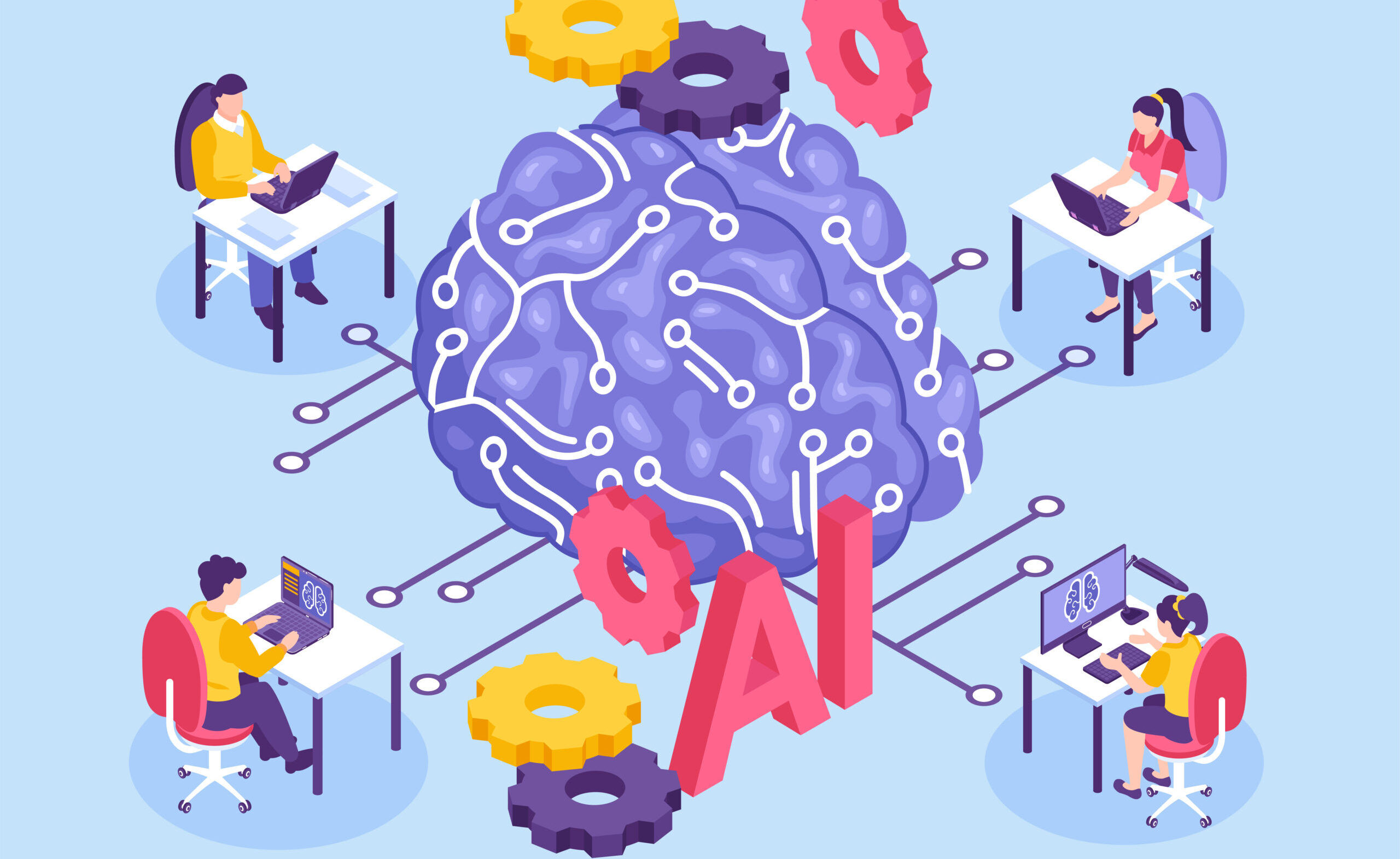AI (artificial intelligence) has changed many fields, and schooling is no exception. Its introduction into the world of education has opened up many chances to make teaching and learning better. AI is about to change the way we learn by making it more specialized and by making administration more efficient. This piece looks at the many ways AI can be used in education, including its effects, advantages, and possible problems.
Personalized Learning
Customized Learning Experiences
One of the most important things that AI has brought to education is the ability to make learning more personalized. AI-powered platforms can look at each student’s success, learning style, and preferences to make learning paths that are just right for them. This makes sure that each student gets teaching that is tailored to their needs, which helps them understand and remember what they are learning.
Technologies for Adaptive Learning
Adaptive learning technologies that use AI change how hard tasks are based on how well students are doing right now. These systems can figure out what areas a student is having trouble with, give them more help, or change the way they are taught to fit. This dynamic adaptation helps fill in learning gaps quickly, making the learning environment better.
Enhanced Teaching Tools
Intelligent Tutoring Systems
Intelligent teaching systems (ITS) are programs that use AI to give each student individualized help. These systems can act like a tutor and a student working together one-on-one, giving each student personalized help, comments, and direction. From math to language learning, ITS can help with a wide range of courses and is available 24 hours a day, seven days a week.
Automated Grading Systems
AI is also a key part of making the scoring process more efficient. Automatic grading systems can grade tests, quizzes, and homework and give instant feedback. These changes not only save teachers a lot of time, but they also let them focus more on teaching and less on paperwork. These systems can also give teachers specific information about how their students are doing, which helps them see what needs more work.
Administrative Efficiency
Streamlining Administrative Tasks
Educational institutions can make their routine tasks a lot more efficient with AI. AI-powered systems can automate routine chores, making administrative staff’s jobs easier. For example, they can schedule classes, manage enrollments, answer questions from students, and process admissions. This makes operations run more smoothly and gives employees more time to work on important projects.
Predictive Analytics for Student Success
Schools can use AI for predictive data to help students do better in school. AI systems can find students who might drop out or not do well by looking at information like attendance, grades, and level of involvement. Early detection lets help, like therapy or extra schoolwork, be given at the right time, which increases the chances of keeping a student and helping them do well.
Accessibility and Inclusion
Assistive Technologies
The way that students with disabilities learn is changing thanks to helpful tools powered by AI. It is easier to learn with tools like speech-to-text, text-to-speech, and real-time translation services. AI can help students who are blind or have low vision by turning written text into speech, and it can also help students who are deaf or hard of hearing by captioning videos in real time. These improvements encourage acceptance and make sure that all students can use educational materials equally.
Language Translation
Language barriers can be very hard to get around in classes that are becoming more diverse. AI-powered language translation tools can help students who do not speak English as their first language communicate and learn. These tools help close language gaps by translating lectures and other educational materials in real time. This makes the learning setting more open to everyone.
Challenges and Ethical Considerations
Data Privacy and Security
There are many good things about using AI in education, but there are also some problems and moral issues to think about. One big worry is the safety and protection of data. AI systems often need to be able to access huge amounts of personal data in order to work properly. To protect student privacy, it is very important to make sure that this information is gathered, stored, and used in a smart way.
Bias in AI Algorithms
Some AI algorithms can reinforce or make biases worse, which can lead to unfair handling of some student groups. This is very important: create and use AI systems that are clear and fair. To make sure these algorithms support fairness in education, they need to be constantly checked and improved.
Dependence on Technology
The growing reliance on technology is another worry. AI can make learning a lot better, but relying too much on these systems could make human contact less important in the learning process. Finding the right balance between using technology and giving kids one-on-one attention is important for their overall growth.
Conclusion
AI has a huge impact on education because it allows for personalized learning, makes teaching tools better, streamlines administration, and encourages accessibility and inclusiveness. However, the problems and moral issues must be dealt with in order to fully utilize its potential. As AI keeps getting better, incorporating it into education in a smart way can make learning settings that are more effective, fair, and open to everyone.
